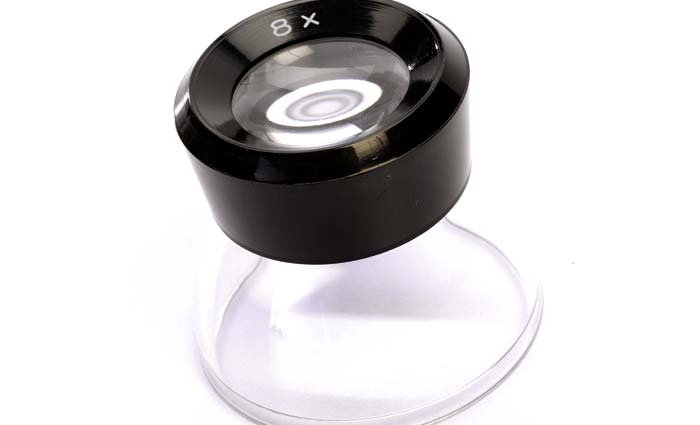

The 1968 PRINT show was the largest ever held in North America until that time. It took place in a giant building used to exhibit livestock because the original Chicago McCormick Place had burned down a few months before. It was summer, it was hot, and the smell of cows permeated the non-air conditioned air.
It was the first time a web offset press was set up at an exhibition. It was a show about offset and film and all the gadgets and gizmos of a new era. I also went to an Ipex in 1971 and a Drupa in 1972, but PRINT 68 was overwhelming.
It was be the last time a hot metal Linotype would ever be displayed. Four years later, they would stop making them. The hot ticket was phototypesetting, sort of the Landa Nanographic printing of its day. Machines ranged from $30,000 to $100,000 and there were many models to choose from.
The big news came from a small company called Compugraphic. They showed a photographic typesetter that garnered lots of attention. I recall one encounter. An old time printer whipped out his loupe and examined the sample on photo paper. “That’s crap,” he exclaimed. “How much is the machine?”
The salesman answered: “$8,995.”
The printer mulled it over. “That’s not bad crap.”
Paper tape was everywhere. Not the stuff they toss at parades, but tape with teeny code holes that were used to run Linotypes. The early phototypesetters adapted to tape and newspapers wheeled out the old Lino and wheeled in a new phototypesetter.
I stopped at a small booth in the rear of the hall and met a guy named Olsen with a “mini-computer”. He told me it could be programmed to do hyphenation and justification. He said I was one of the few people to stop by. Ken Olsen went on to make Digital Equipment Corp a giant company.
PRINT 68 would be the dividing point between the old printing industry of letterpress and hot metal and the new printing industry of offset and photography. Within a few years, the old printing industry was dragged, kicking and screaming, into the new printing industry.
Frank Romano is professor emeritus at the Rochester Institute of Technology
Comment below to have your say on this story.
If you have a news story or tip-off, get in touch at editorial@sprinter.com.au.
Sign up to the Sprinter newsletter
